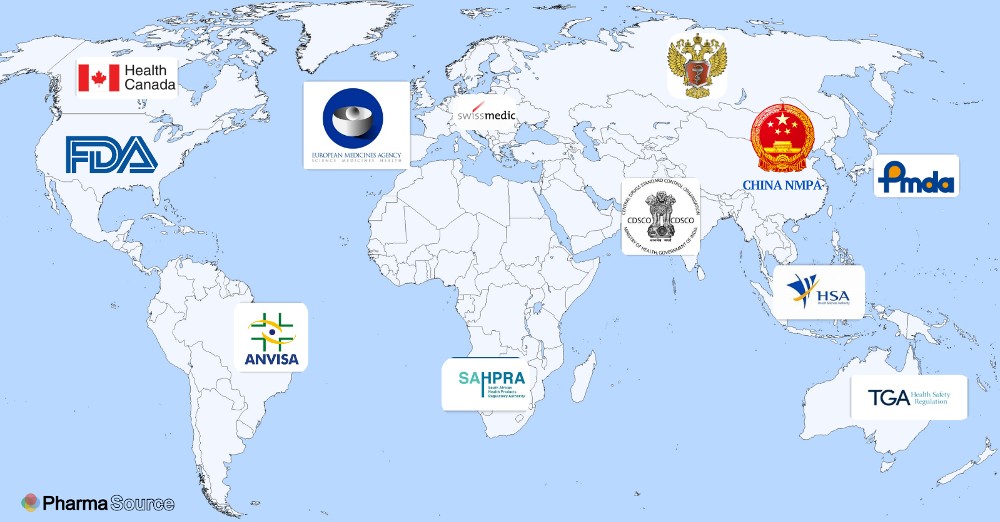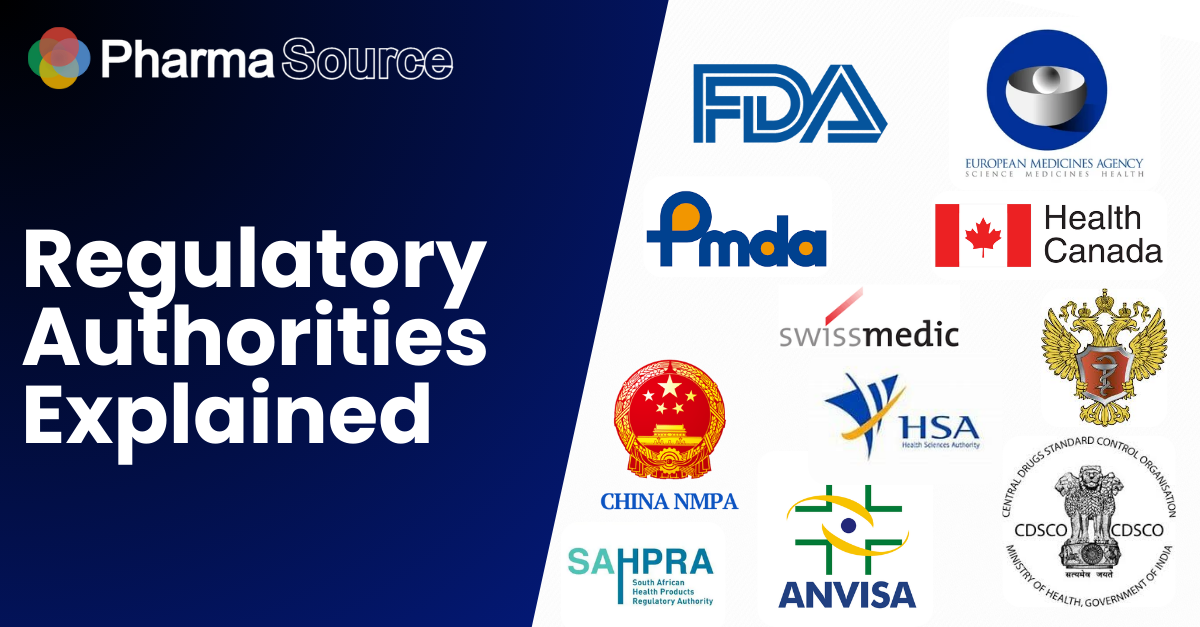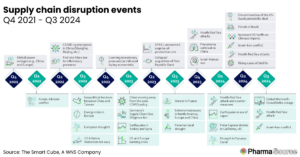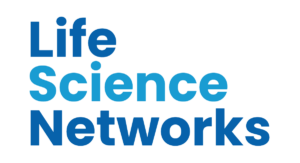Navigating the landscape of pharmaceutical regulatory authorities and compliance is crucial for ensuring that drug development and manufacturing processes meet stringent standards.
This short guide aims to provide an in-depth overview of this complex field, offering insights into the main regulatory bodies, their functions and compliance to these regulatory bodies.
Pharmaceutical regulatory authorities play a vital role in maintaining the safety, efficacy, and quality of drugs and medical products. They establish and enforce guidelines that pharmaceutical companies must adhere to, ensuring that new drugs are tested rigorously and meet high standards before reaching the market. Compliance with these regulations is essential not only for gaining market approval but also for maintaining trust with healthcare professionals and patients.

For more information on the important role of Quality in pharmaceutical industry, take the Outsourcing Fundamentals elearning course.
The role of regulatory authorities
Regulatory bodies are organisations responsible for setting and enforcing standards and regulations within the pharmaceutical industry. They ensure that pharmaceutical products are safe, effective, and of high quality before they reach the market. Their functions include:
- Establishing Guidelines: They develop regulations and guidelines that pharmaceutical companies must follow. These guidelines cover all aspects of drug development, including clinical trials, manufacturing processes, and post-market surveillance.
- Approving Products: They review and approve drug applications, ensuring that new products meet the necessary safety and efficacy standards.
- Monitoring Compliance: They monitor ongoing compliance with regulations and may conduct inspections of manufacturing facilities and clinical trial sites.
- Updating Regulations: They continuously update regulations to address new scientific developments and emerging risks in the pharmaceutical industry.
In order to be in compliance with the regulations and standards set by regulatory bodies, biopharmaceutical manufactures must ensure they:
- Follow Regulations: Pharmaceutical companies must adhere to the rules and guidelines established by regulatory bodies. This includes conducting clinical trials according to Good Clinical Practice (GCP), manufacturing drugs in compliance with Good Manufacturing Practice (GMP), and ensuring proper labelling and documentation.
- Documentation and Reporting: Companies are required to maintain detailed records and reports to demonstrate adherence to regulations. This includes clinical trial data, manufacturing records, and post-market surveillance reports.
- Quality Assurance: Compliance involves implementing quality control measures to ensure that products meet the required standards throughout the development and manufacturing processes.
- Risk Management: Companies must have processes in place to identify, assess, and mitigate risks associated with their products and operations.
Global and Regional Regulatory Authorities
The following is a list of the major global and regional regulatory authorities:
Global authorities
- World Health Organization (WHO): Sets international health standards and guidelines. Provides guidance on drug safety, efficacy, and quality. Supports global health initiatives and provides technical assistance to countries.
- International Conference on Harmonisation of Technical Requirements for Registration of Pharmaceuticals for Human Use (ICH): Works on harmonising regulatory standards and guidelines internationally to facilitate the development and registration of pharmaceuticals across regions.
North America
- United States Food and Drug Administration (FDA): Regulates drugs, biologics, and medical devices in the US. Oversees clinical trials, drug approval processes, and post-market surveillance.
- Health Canada: Regulates pharmaceuticals, biologics, and medical devices in Canada. Oversees drug approvals, clinical trials, and market monitoring.
Europe
- European Medicines Agency (EMA): Evaluates and supervises medicines for human and veterinary use in the EU. Coordinates the centralised marketing authorisation process and monitors drug safety.
- Medicines and Healthcare products Regulatory Agency (MHRA): Regulates medicines, medical devices, and blood components for transfusion in the UK. Ensures compliance with safety, efficacy, and quality standards.
Asia-Pacific
- Japan Pharmaceuticals and Medical Devices Agency (PMDA): Assesses drug and medical device applications in Japan. Provides guidance on regulatory requirements and monitors post-market safety.
- National Medical Products Administration (NMPA): Regulates drugs, medical devices, and cosmetics in China. Oversees drug approval processes, clinical trials, and market surveillance.
- Therapeutic Goods Administration (TGA): Regulates medicines, medical devices, and biological products in Australia. Ensures product safety, efficacy, and quality.
- Korean Ministry of Food and Drug Safety (MFDS): Regulates food, drugs, and medical devices in South Korea. Ensures safety and efficacy through drug approval processes and post-market surveillance.
- Singapore Health Sciences Authority (HSA): Regulates medicines, medical devices, and health products in Singapore. Oversees drug approvals, clinical trials, and market monitoring.
Latin America
- Brazilian Health Regulatory Agency (ANVISA): Regulates pharmaceuticals, medical devices, and food products in Brazil. Manages drug approvals, clinical trials, and post-market surveillance.
- Colombian National Institute for Food and Drug Surveillance (INVIMA): Regulates pharmaceuticals, medical devices, and food products in Colombia. Manages drug approvals, clinical trials, and market monitoring.
- Argentinian National Administration of Drugs, Foods and Medical Devices (ANMAT): Regulates pharmaceuticals, medical devices, and food products in Argentina. Oversees drug approvals, clinical trials, and market monitoring.
Middle East
- Saudi Food and Drug Authority (SFDA): Regulates pharmaceuticals, medical devices, and food products in Saudi Arabia. Manages drug approvals, clinical trials, and ensures product safety and quality.
- Gulf Cooperation Council (GCC) – Gulf Health Council: Coordinates regulation of pharmaceuticals and medical devices among GCC member states. Aims to harmonise regulations and improve healthcare standards across the region.
Africa
- South African Health Products Regulatory Authority (SAHPRA): Regulates medicines, medical devices, and other health products in South Africa. Ensures product safety, efficacy, and quality.
South Asia
- Indian Central Drugs Standard Control Organization (CDSCO): Regulates pharmaceuticals, medical devices, and cosmetics in India. Manages drug approvals, clinical trials, and post-market monitoring.
- Indonesian National Agency of Drug and Food Control (BPOM): Regulates pharmaceuticals, medical devices, and food products in Indonesia. Oversees drug approvals, clinical trials, and market surveillance.
- Philippine Food and Drug Administration (FDA Philippines): Regulates pharmaceuticals, medical devices, and food products in the Philippines. Ensures product safety, efficacy, and quality.
Taiwan
- Taiwan Food and Drug Administration (TFDA): Regulates pharmaceuticals, medical devices, and food products in Taiwan. Ensures compliance with safety, efficacy, and quality standards.
Russia
- Russian Federal Service for Surveillance in Healthcare (Roszdravnadzor): Regulates pharmaceuticals, medical devices, and healthcare services in Russia. Oversees drug approvals, clinical trials, and post-market surveillance.








 Stay ahead of trends and best practices
Stay ahead of trends and best practices
